Are you the kind of man that’s looking for a one-of-a-kind belt, one that’ll make people stop and stare and wonder where you bought it? If you’re bored with how your belt looks and you want to give your ensemble an unconventional upgrade, look no further than a tactical web belt.
Article Topics:
We know what you’re thinking (“Aren’t tactical web belts for law enforcement?”), and you’re right. Tactical belts are often found in military uniforms. However, they’ve evolved into everyday belts that every man – or woman – can wear.
In this article, we’ll take a look at what makes tactical belts different from other kinds of belts. By looking at its benefits, you’ll hopefully find that a tactical belt is a must-have in your everyday wardrobe.

What is a Tactical Belt?
A tactical belt is a rugged belt that’s designed to support guns and gear that are typically part of what a person in law enforcement or the armed forces would wear. In short, they’re part of a uniform.
However, over the years, tactical belts have evolved into everyday belts. This is because people have seen the convenience of tactical belts, particularly their features for concealed carry. In addition, tactical belts are famed for the convenience of their multi-tool attachment points.
Today, a tactical belt can be loosely described as a durable belt that’s made of a strong nylon webbing material. An example of this is the Trayvax Cinch Belt – it is manufactured from MIL-SPEC nylon, a type of nylon that meets military standards set by the U.S. Department of Defense.
What Makes a Tactical Belt One-of-a-Kind?
If you’re wondering, “Why do I need a tactical belt when I already own a belt?” the answer is that a tactical web belt is better than a standard belt. There are two reasons as to why: first, its material is more long-lasting than an ordinary belt’s, and second, it lets you clasp and unclasp the belt in a snap.
Material
Tactical belts aren’t made of the same material as “standard” belts. They’re made of nylon webbing, a strong and stretchy material that’s widely used in climbing, survival training, and other outdoor activities. It combines materials such as polyester and polypropylene to create a weave that’s very tensile. It’s vital for tactical belts to be pliable, given the type of environments that they’re meant to withstand.
If you’ve never seen a nylon web belt before, picture the seat belt on an airplane or the straps that are used to tie cargo to the back of a truck. While a nylon web belt looks better than either of those, you can only imagine how strong it actually is.
Where else would you be able to find nylon web belts? Here are a couple of its common applications:
- Military. The most common application of web belts is in the military. The material is incredibly durable, making it ideal for all kinds of situations.
- Outdoor Sports. Web belts can also be used in outdoor activities like backpacking, skydiving, and white-water rafting. Not only are they sturdy, but they’re also water-resistant, corrosion-resistant, etc.
Buckle
Aside from being made of nylon webbing, tactical belts also feature a strong metal buckle that’s crafted from stainless steel or aluminum. What makes their buckles unique is that they are typically quick-release buckles. Like parachute buckles, tactical belt buckles make one-handed buckling and unbuckling possible in one second.

Tactical belts feature different kinds of buckles like:
- Hook and Loop Buckle. This kind of belt buckle does not “snap” into place. Instead, it has two Velcro-like strips that stick to each other.
- Frame Buckle. You’ll find this kind of buckle in most belts. It’s often made of metal or aluminum.
- Snap Buckle. A snap closure makes it possible to buckle and unbuckle in no time. If your tactical belt has a snap buckle, the buckle will likely be made of plastic.
What are the Benefits of Wearing a Tactical Belt?
When people think of a tactical belt, they think of its uses in combat. However, what they don’t know is that they can also be worn as casual accessories – that’s how versatile they are! If you aren’t convinced that it’s perfect for you, let’s take a look at the benefits of wearing a tactical belt:
#1 Durable
Tactical belts are superior to other types of belts because they’re made of a durable material that’s designed to last an incredibly long time. Compared to synthetic belts that tend to show visible signs of wear and tear, nylon webbing was designed to withstand even the toughest situations. That’s why it’s the go-to belt for the outdoorsy types! It won’t get damaged when you wear it to go climbing, backpacking, and the like. You won’t have to worry about the buckle breaking, the webbing fading, and more!
#2 Low-Maintenance
Given how it’s water-resistant, corrosion-resistant, and stain-resistant, you won’t have to give your belt too much TLC. You can just wear it and forget about it! However, you can wash your belt if it’s ever in contact with dirt and mud – but you won’t have to worry about it getting rusty, discolored, and more.
#3 Multi-Functional
More than just a belt that keeps your pants up, you can also use it to carry gear. Most tactical belts come with multiple tool attachment points, making it a convenient tool for those who are always on the go. You can attach things like a flashlight, knife, and more to your belt!
#4 Fashionable
People wear tactical belts for their functionality, but that doesn’t mean that they don’t look good! They’re available in different colors, so you’ll be able to find one that matches your outfit. More than just your average belt, you can also use a tactical belt to elevate your look and make a statement!
What are the Types of Tactical Belts?
So, what is a tactical belt? Is it reserved solely for military personnel? In reality, "tactical belt" covers a variety of styles, including trainer tactical belts, tactical riggers belts, tactical magnetic latching belts, and tactical web belts. Let’s delve into their unique attributes:
Trainer or Instructor Tactical Belt
These belts are often sported by instructors teaching activities like rock climbing or trekking. Known for their tension-locking buckle capable of holding up to 5000 pounds, they're not just for training — they come in handy for emergency rescues too. However, their specificity may not suit everyday wear.
Tactical Riggers Belt
Ever tried rappelling? You'd likely have used a rigger belt. Designed explicitly for rappelling, its distinctive V- or D-ring connects to the carabiner clip. It's incredibly robust, handling at least 5,000 pounds or 22kN. Much like the instructor belt, it's anchored securely for activities like rock-climbing.
Tactical Magnetic Latching Belt
A newcomer in the belt realm, this belt uses magnets to secure its ends. Despite its strength, it's generally more suited for gear than extreme tactical scenarios, where reliability is paramount.
Tactical Web Belt
The most prevalent kind, the tactical web belt, resembles a "military belt". Distinguished by its unique material and friction-based buckle, it lacks the standard holes and pins, ensuring a snug fit. While robust, its primary function remains to support your pants during casual wear.
What Type of Tactical Belt Should You Buy?
For adventures, consider a tactical riggers belt or a magnetic latching belt, ensuring their ruggedness. Yet, always consult with a trainer for safety. For everyday use, the tactical web belt offers the military look tailored for daily wear, designed to simply keep your pants up.
What Should You Look For in a Tactical Web Belt?
Selecting a tactical belt isn't straightforward. Here are essential factors to consider:
#1 Stitching and Strength
While nylon webbing is durable, opt for even more resilient options with reinforced stitching. Watch out for counterfeits, and prioritize reputable brands like Trayvax. Featuring robust MIL-SPEC nylon webbing and a unique buckle, the Trayvax Cinch Belt promises stability and style.
#2 Rigidity
Your belt's rigidity should align with your carrying needs. It should remain stable under weight but still provide comfort. For instance, carrying a wallet demands a different rigidity than holstering a firearm.
#3 Buckle
Tactical belts provide a smooth, flat fit. While some buckles are subtle, others, like the Cinch Belt Buckle, are nearly invisible. Depending on your style, choose a buckle that complements or contrasts the webbing. Above all, prioritize durability, steering clear of plastic.
#4 Price
While tempting, avoid cheap $20 belts. Many use inferior scuba webbing, which degrades quickly. Instead, invest in premium materials to ensure longevity and trust in your belt's performance.
Conclusion
Tactical web belts aren't exclusive to the military or law enforcement. They're a versatile accessory for the adventurous or those seeking a simple, efficient belt. If you're in the market, Trayvax offers a range of tactical web belts crafted with quality and durability in mind.

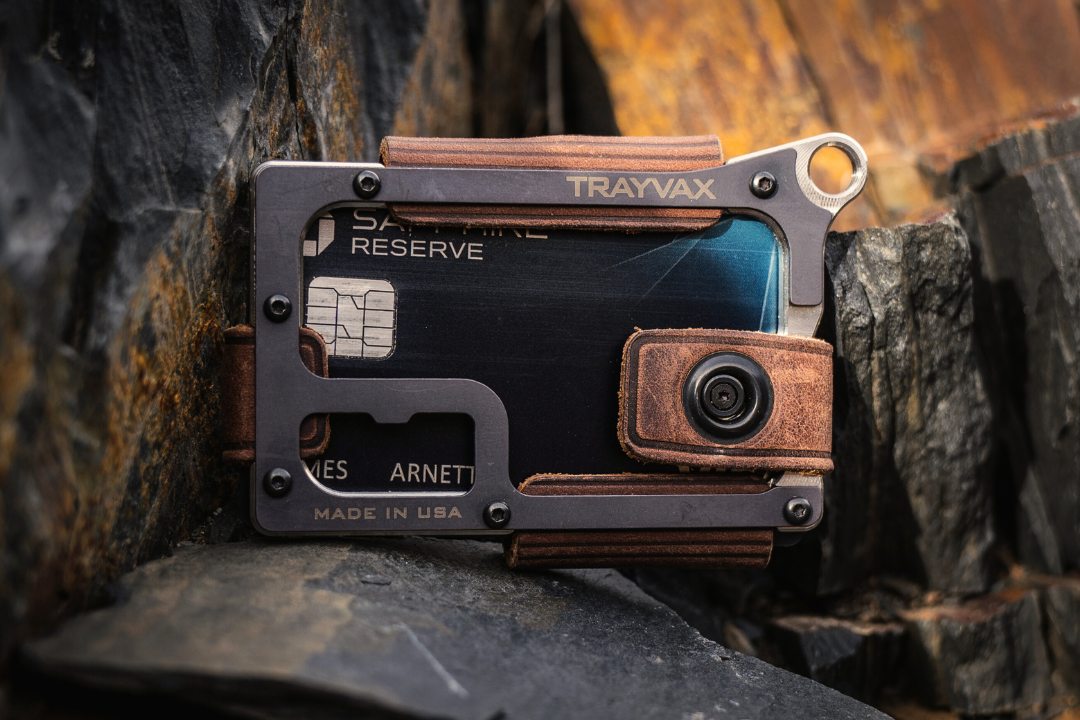
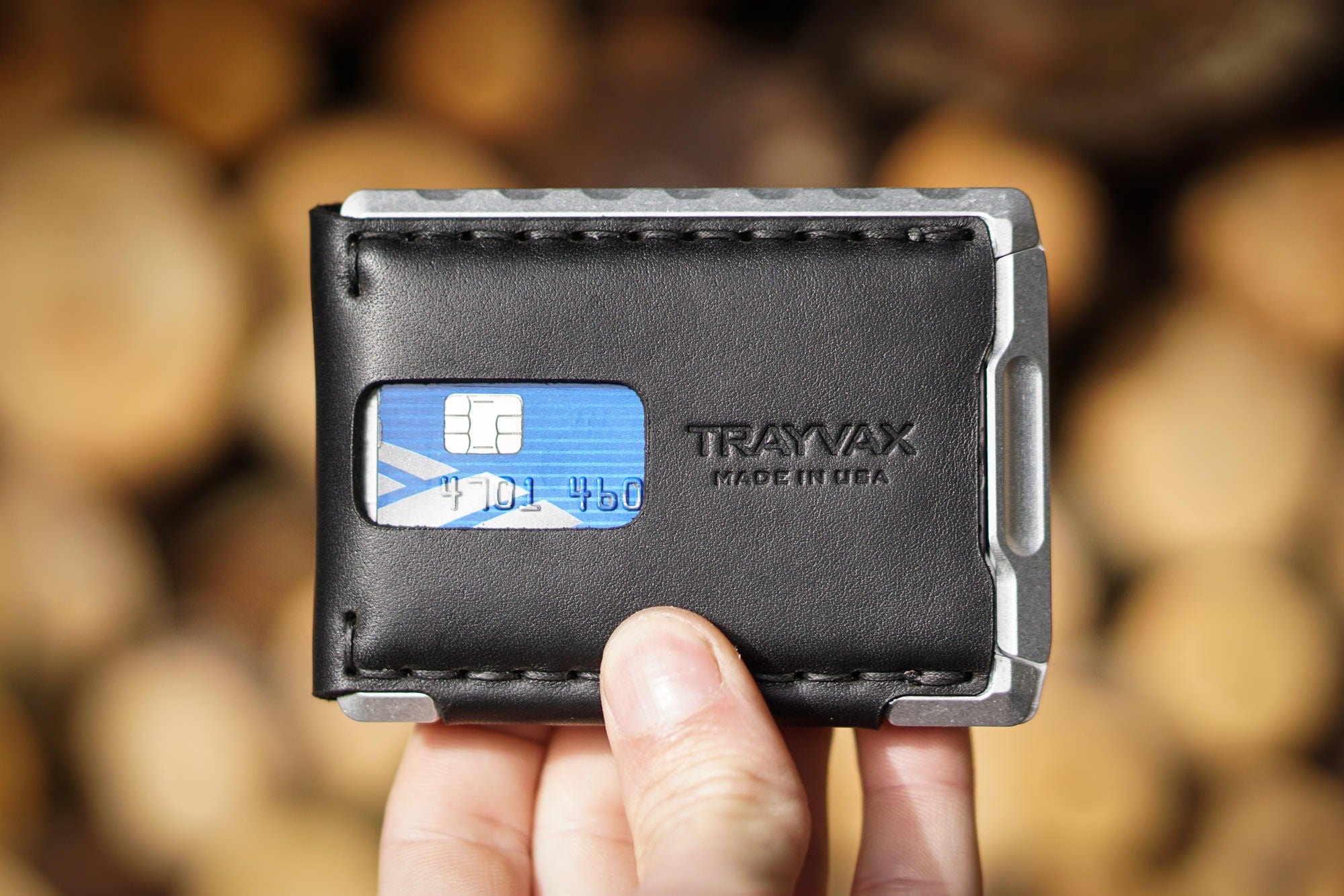
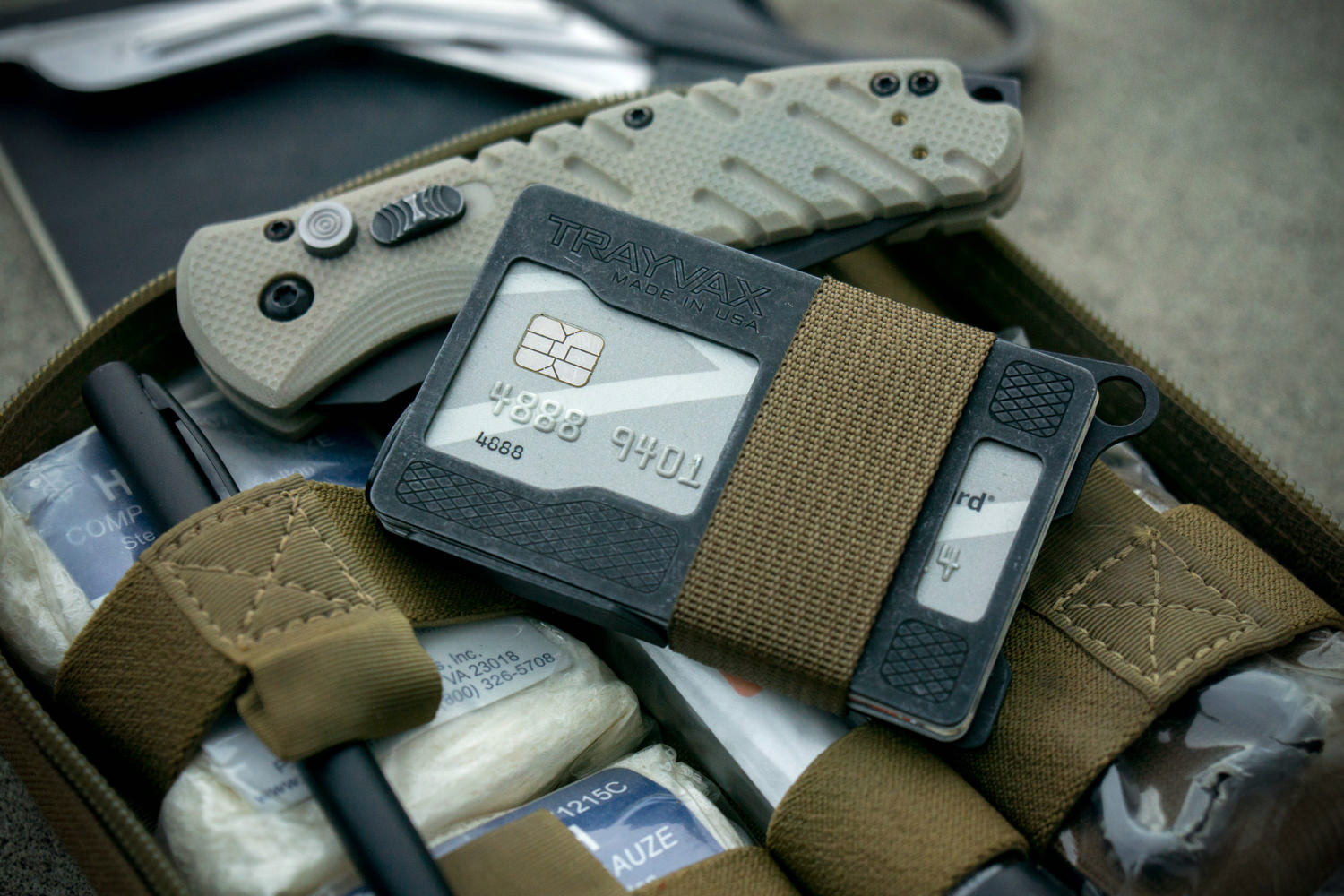
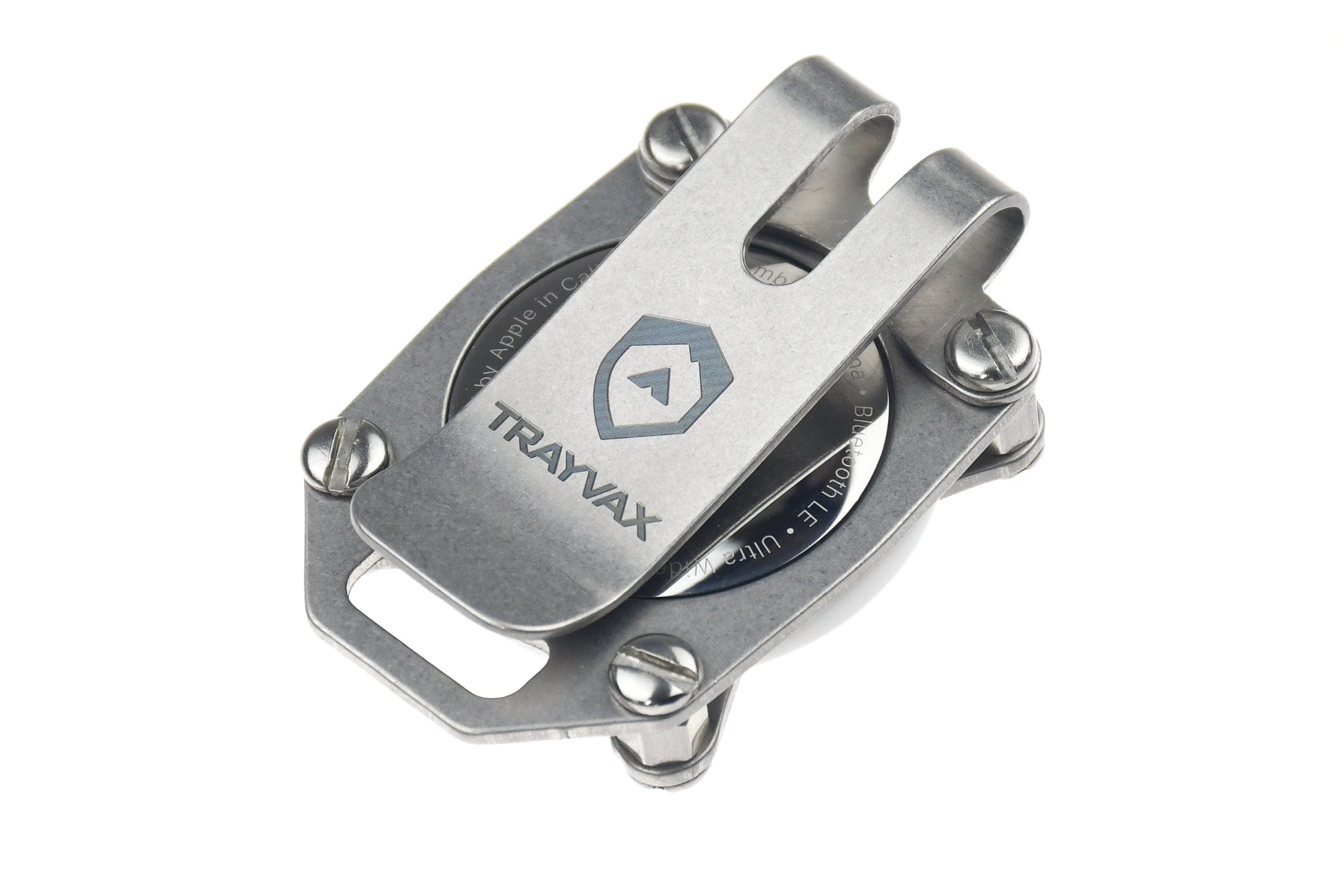

















































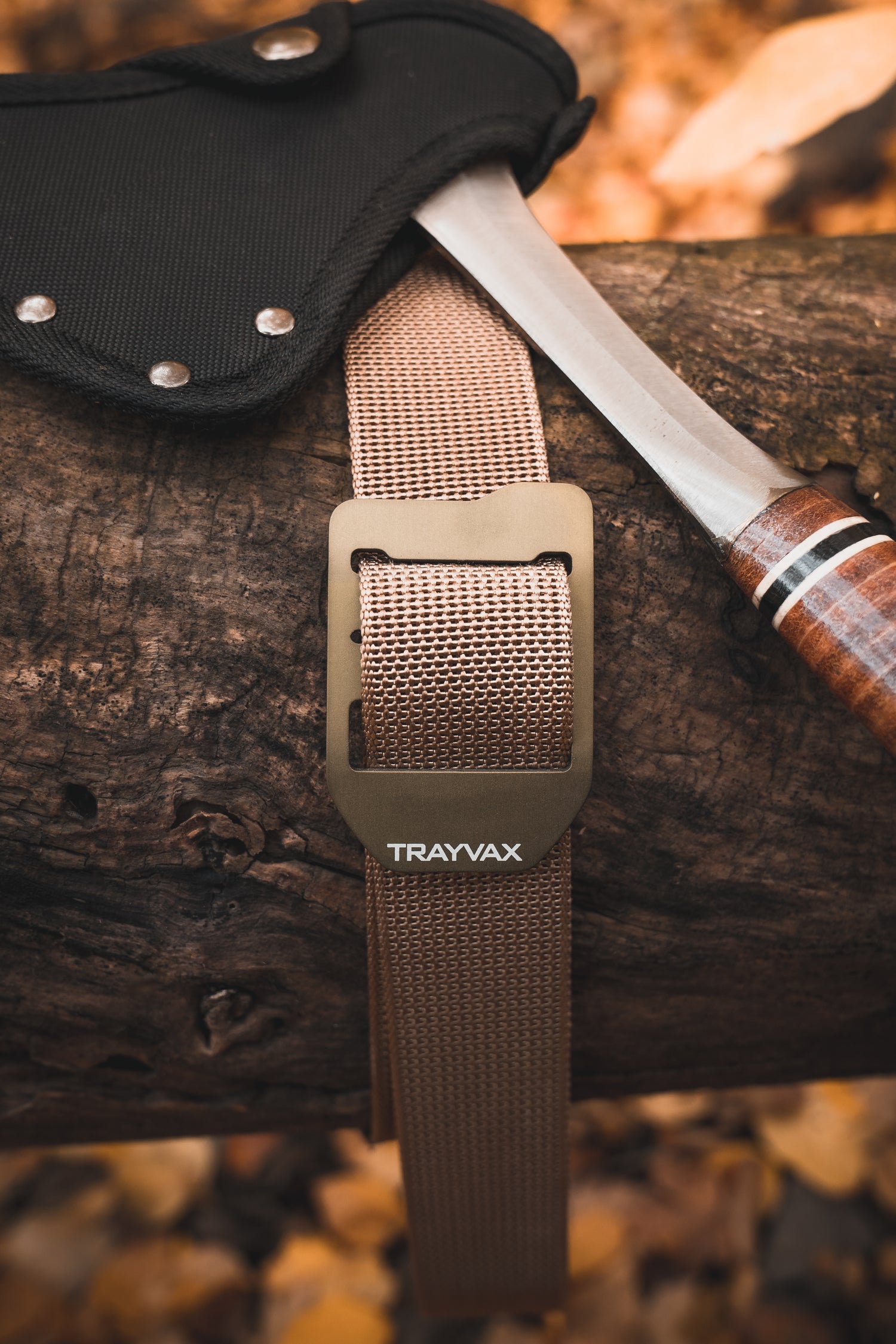
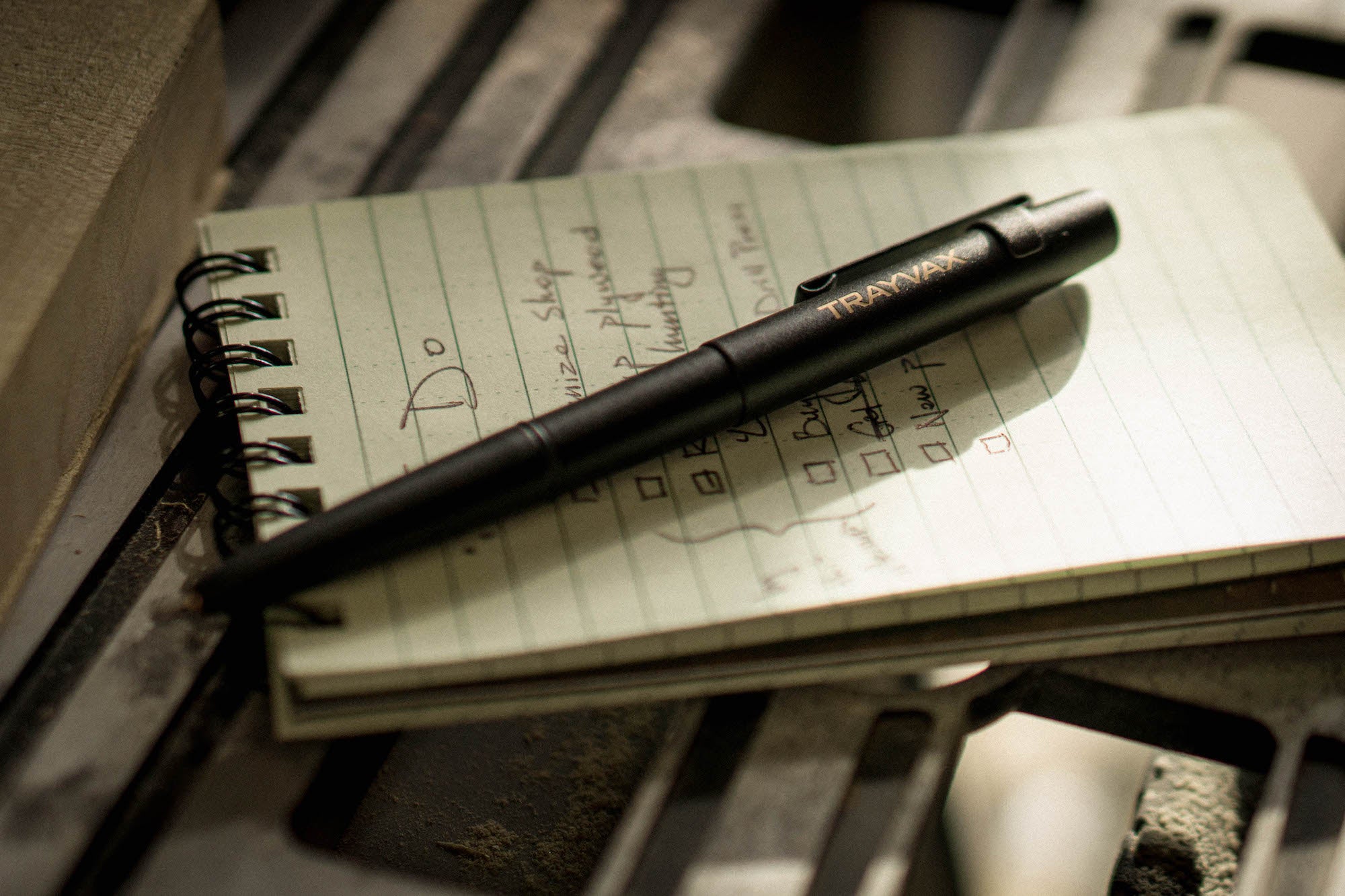
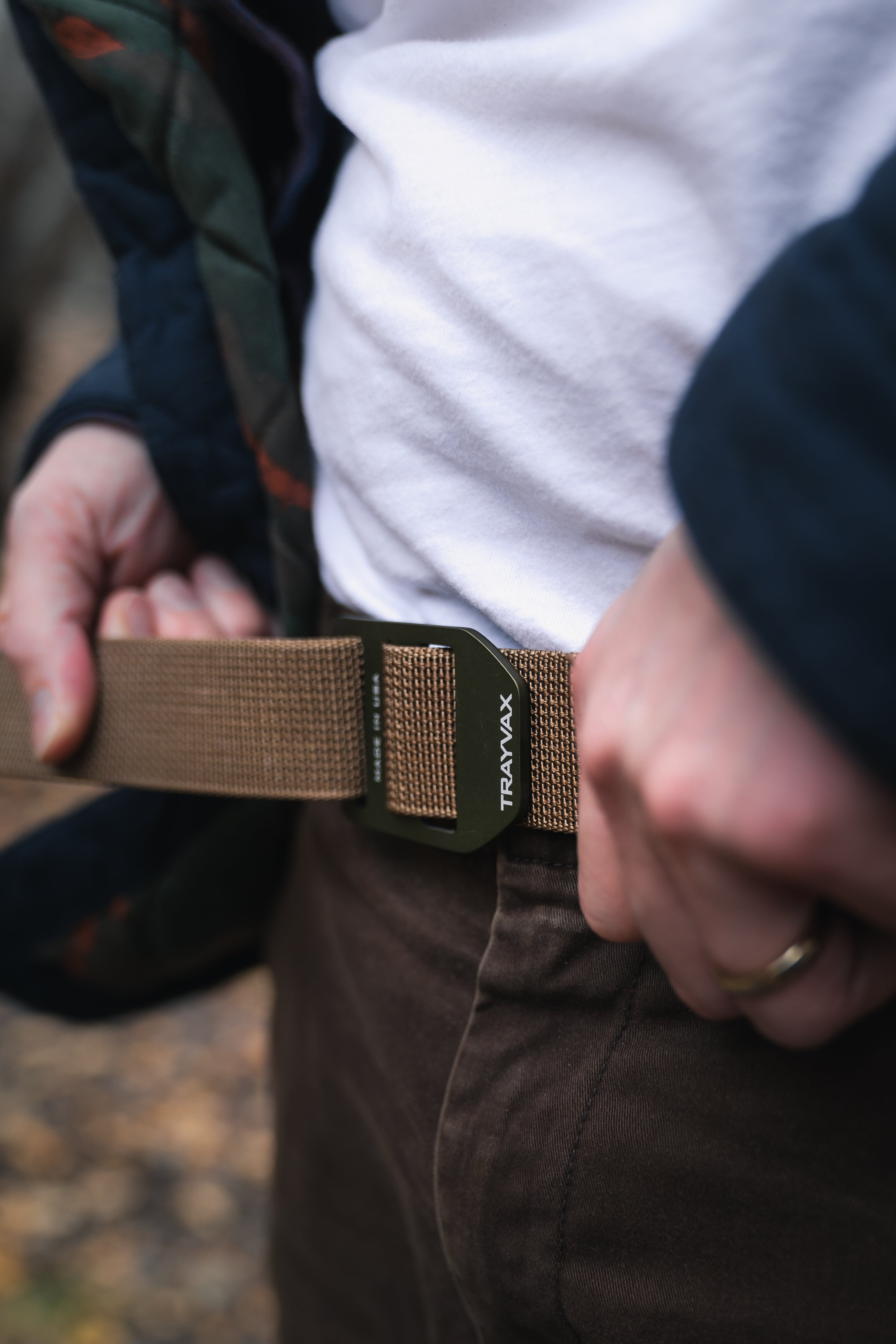
1 comment
M Flowers
My first Trayvax purchase was their wallet, which I use daily. The security of having my cards in one place and in a RFID blocking wallet are great features. My next purchase was the tactical belt, which I use for leisure and off work use. The belt is great quality and still looks like new, even with occasionally supporting and EDC holster.
Leave a comment
All comments are moderated before being published.
This site is protected by reCAPTCHA and the Google Privacy Policy and Terms of Service apply.